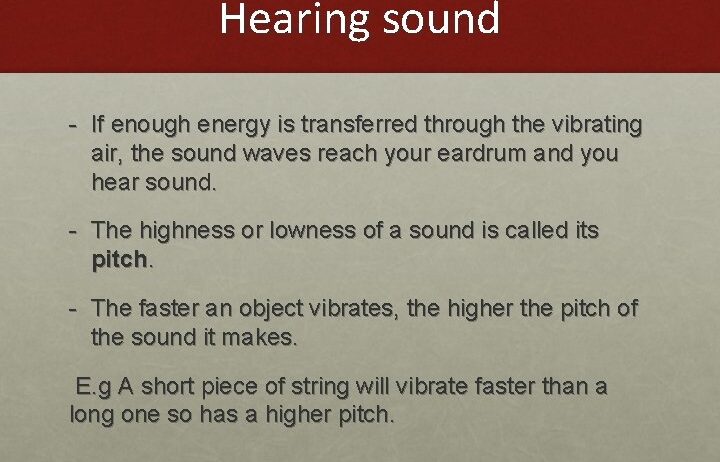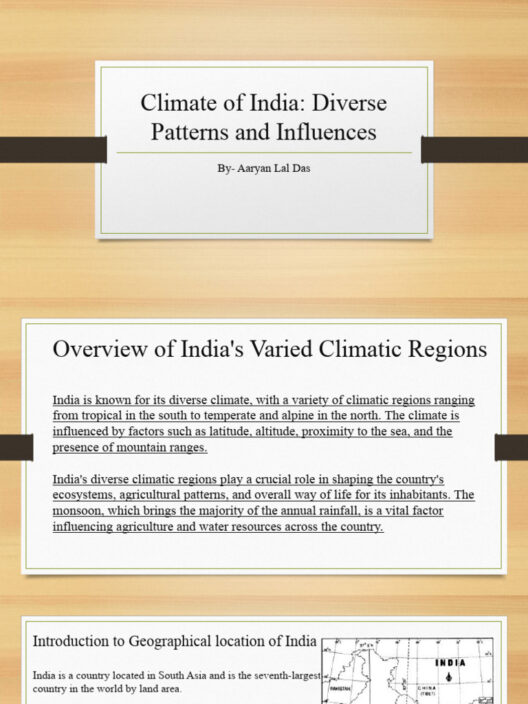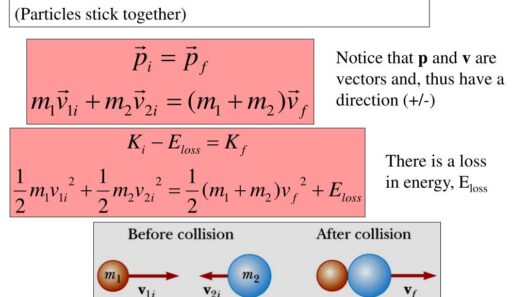The concept of sound energy and its conservation is a captivating subject nestled within the realm of physics. Sound energy emanates from vibrations, which are not merely abstract phenomena but the very essence of our auditory experiences. When an object vibrates, it creates waves that propagate through a medium—most commonly air—culminating in the sound we perceive. Understanding how sound energy is generated and conserved offers intriguing insights into both the natural world and the technological advancements that rely on these principles.
At its core, sound energy arises from the mechanical vibrations of matter. These vibrations may originate from diverse sources, including musical instruments, speech, or even natural occurrences like thunder. Each sound is characterized by its frequency, amplitude, and wavelength, parameters that play a significant role in determining the sound’s pitch and volume. Frequency, measured in hertz (Hz), denotes how many times a wave oscillates per second, while amplitude measures the energy of the wave, influencing loudness. Wavelength, the distance between successive peaks of a wave, offers a tangible metric for understanding how sound travels through various mediums.
One fascinating aspect of sound is its behavior in different environments. Sound travels fastest in solids, followed by liquids, and slowest in gases. This disparity can be attributed to the density and elastic properties of the medium. In solids, molecules are closely packed, allowing for quicker transmission of vibrational energy. Conversely, in gases, the molecules are more dispersed, leading to a slower transfer of energy. This property raises intriguing questions about how sound might be conserved or utilized in various settings, both natural and engineered.
The conservation of sound energy hinges on the principle of energy transfer. When an object vibrates, it does not lose energy but transforms it into sound waves that travel through the surrounding medium. The law of conservation of energy states that energy cannot be created or destroyed; it can only change forms. Thus, when sound waves encounter a barrier, such as a wall or a tree, some energy is absorbed, some is reflected, and some may continue to propagate beyond the obstacle. This interaction is instrumental in applications ranging from architectural acoustics to noise control systems, highlighting the importance of managing sound energy in our environments.
An intriguing application of sound energy conservation can be observed in architectural design. The sound design of a concert hall, for instance, hinges upon the manipulation of sound waves and their interactions with surfaces. Materials chosen for walls, ceilings, and floors can either absorb, reflect or diffuse sound, controlling how sound travels within the space. An understanding of acoustic principles allows architects to create environments that enhance auditory experiences, demonstrating a practical embodiment of sound energy conservation in action.
Venturing further into the domain of technological innovations, we encounter the realm of sonar, a technology widely used in navigation and hunting. Sonar works by emitting sound waves and analyzing the echoes that bounce back from objects. This technique not only highlights the conservation of sound energy but also underscores its practical utility in various fields, including submarines and marine biology. By harnessing the conservation of sound waves, sonar systems effectively visualize underwater landscapes, revealing otherwise hidden features of the aquatic domain.
In our quest for sustainability and environmental stewardship, sound energy conservation presents intriguing possibilities. For instance, employing sound as a means of communication in smart cities can reduce the need for energy-intensive systems. Innovations utilizing sound waves for data transfer and monitoring environmental conditions contribute to eco-friendly practices. By minimizing reliance on conventional power sources, we can leverage the intrinsic conservation of sound energy to foster more sustainable communities.
Moreover, the phenomenon of sound energy is also critical in the context of ecological study. Many animals utilize sound for communication and navigation, and understanding these processes can help in conservation efforts. For instance, the study of whale songs has provided insights into migratory patterns, social structures, and environmental changes affecting marine life. Thus, conserving sound energy and the environments in which these animals thrive is not only essential for their survival but offers profound insights into the health of our planet.
To further appreciate sound energy, one must consider the intricate relationship between sound and vibration. The frequency and amplitude of vibrations can alter the nature of sound profoundly. For example, in the field of music, the mastery of vibration through strings and air columns results in a rich tapestry of sound that can evoke deep emotional responses. This interplay between sound and emotion underscores the power of sound energy and its capacity to foster connection and understanding.
Moreover, contemporary research has revealed novel applications of sound energy in medical fields. Ultrasound, utilized both diagnostically and therapeutically, is a prime example of sound waves in action. By harnessing high-frequency sound waves, medical professionals can visualize internal organs or facilitate targeted therapies. This embodies a fascinating intersection of sound, technology, and conservation principles, illustrating how sound energy remains integral to advancements in human health.
In conclusion, sound energy conservation, borne from the physics of vibrations, presents a myriad of captivating possibilities. From architectural acoustics to eco-friendly innovations, and medical advancements, sound energy is not simply a transient phenomenon but a vital force shaping both our environments and experiences. Recognizing and harnessing this energy prompts a shift in perspective, encouraging us to explore how we might utilize sound more efficiently and sustainably. As our understanding deepens, so does the potential for sound energy to enrich our lives while fostering a deeper connection to the world around us.







